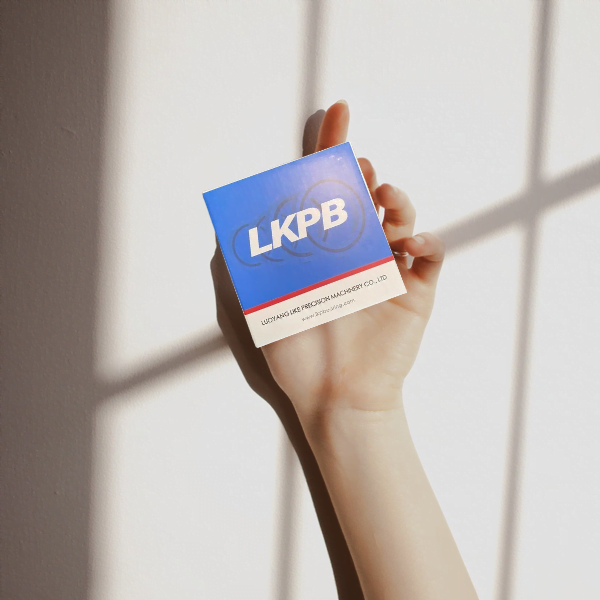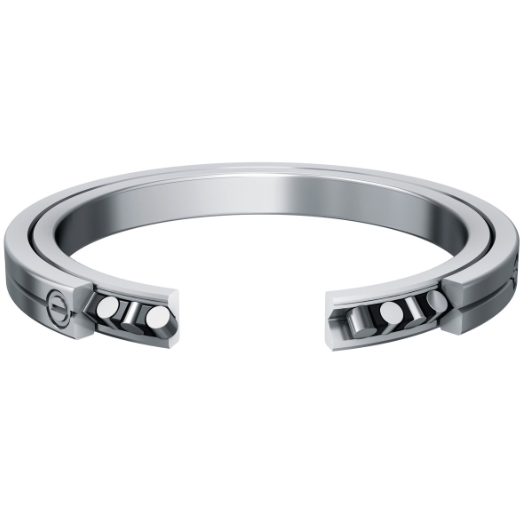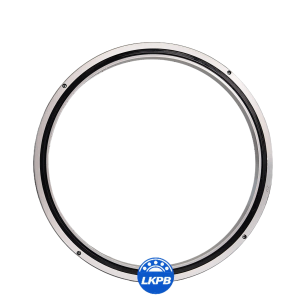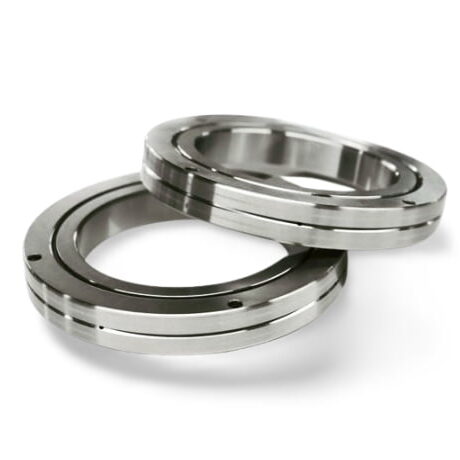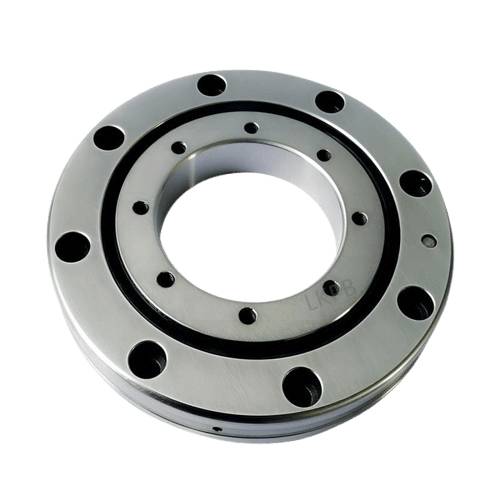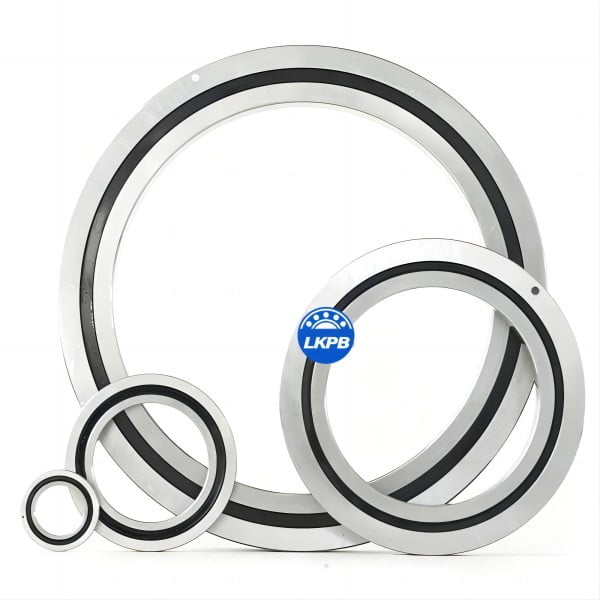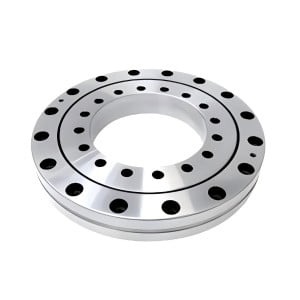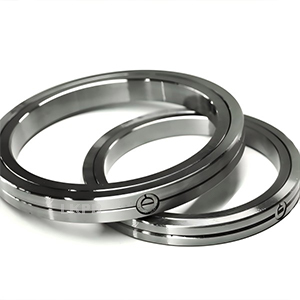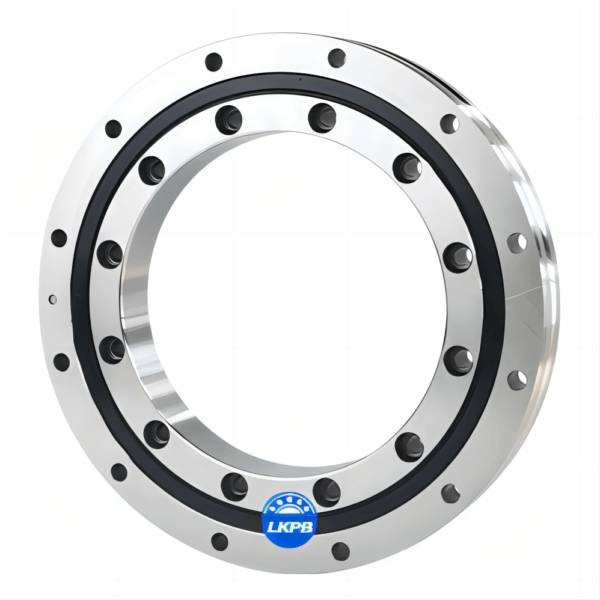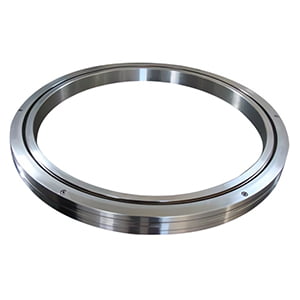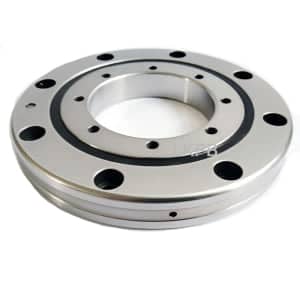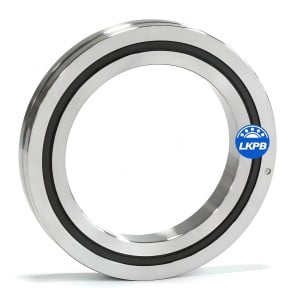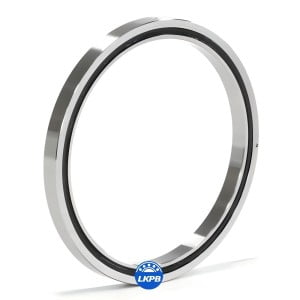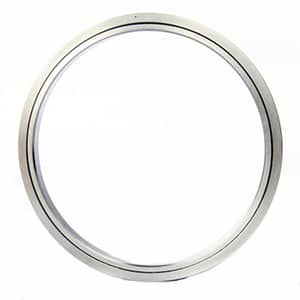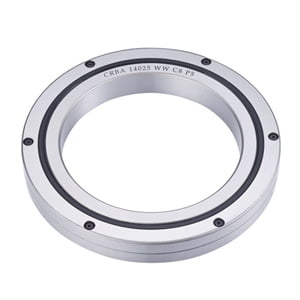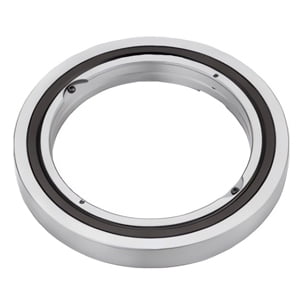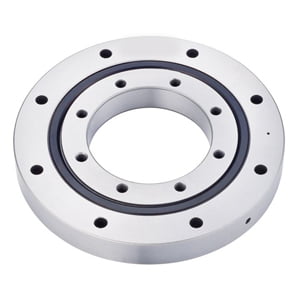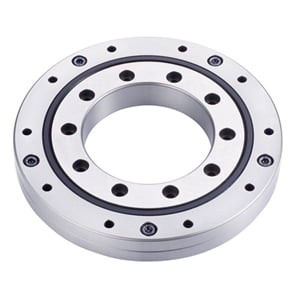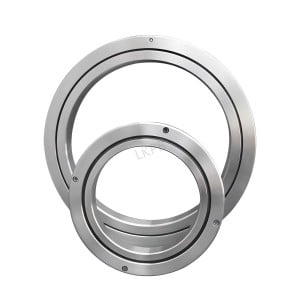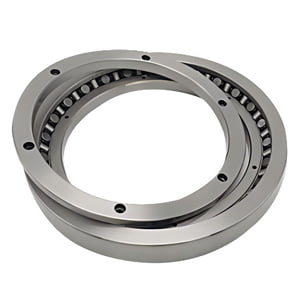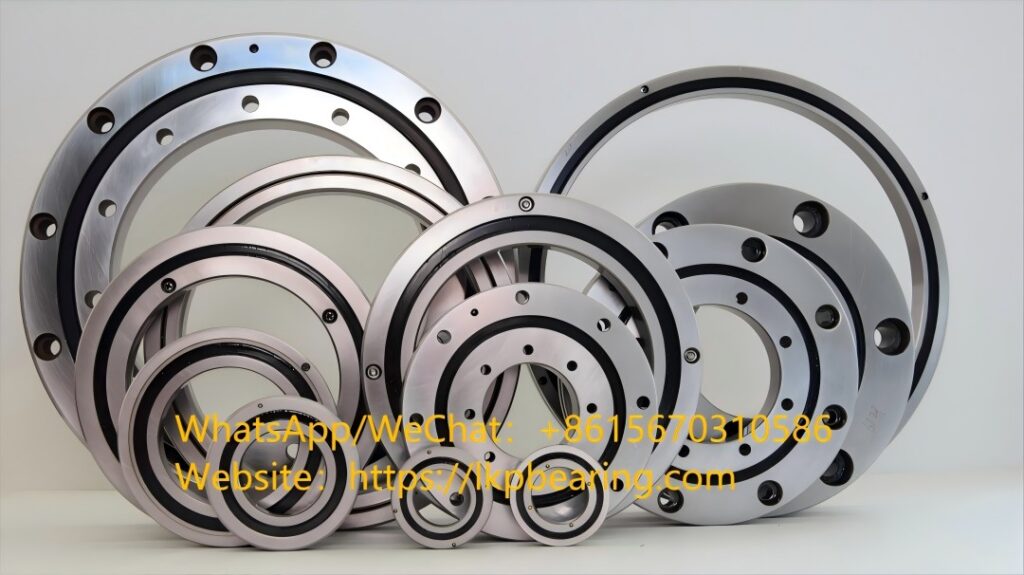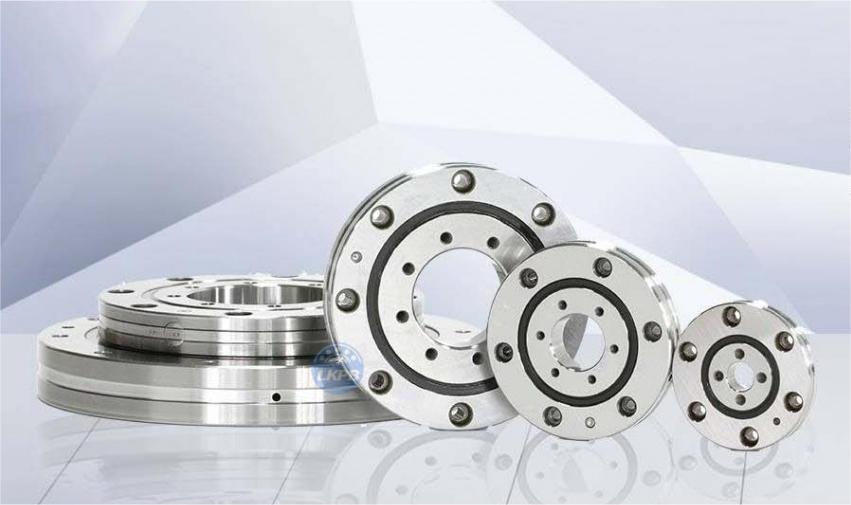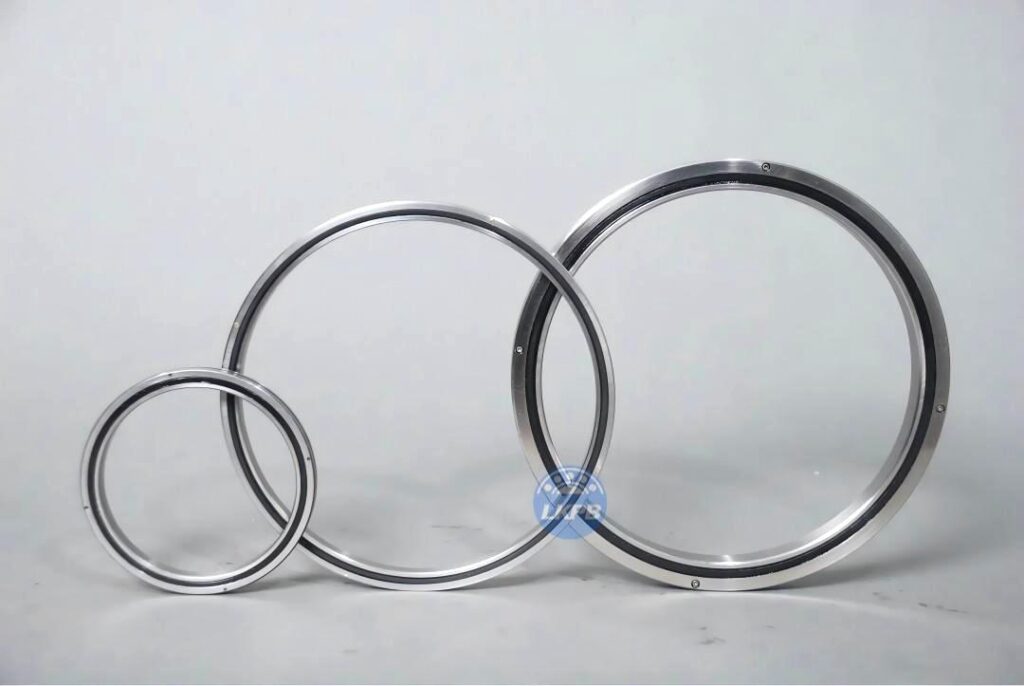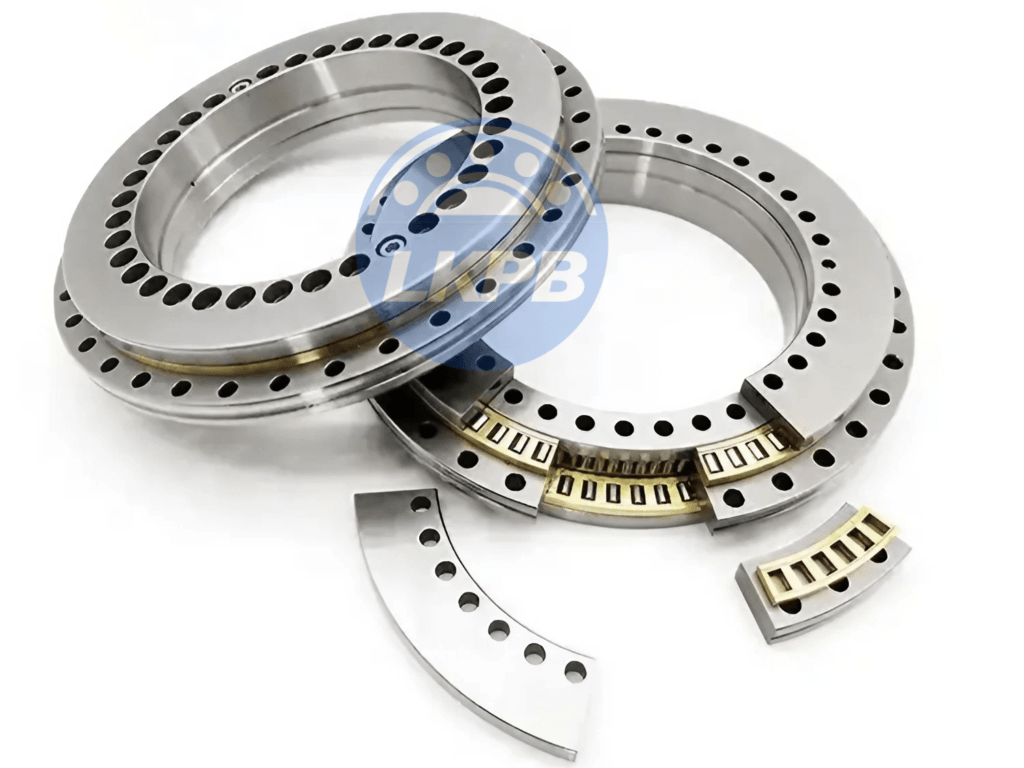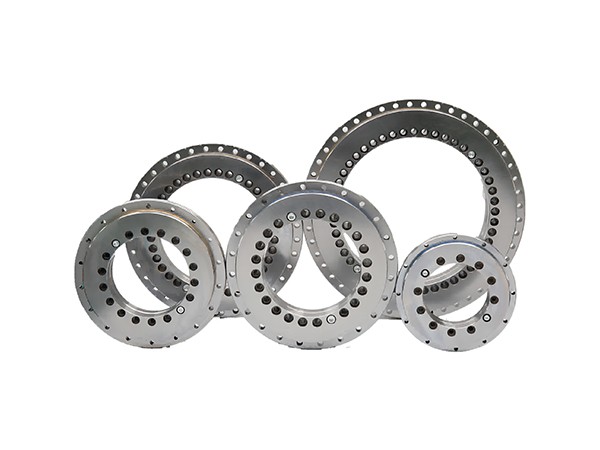The rollers are often separated by spacers or cages to reduce friction and enable smooth rotation, even under heavy loads. Variants include sealed types for dust protection and open designs for easier maintenance. Understanding these basics is key to evaluating prices, as different configurations directly impact cost.
Key Factors Affecting Cross Roller Bearing Prices
The price of cross roller bearings is determined by several factors, with significant variations depending on specifications. Pricing is influenced by dimensions, materials, and functionality. Let us analyse the primary factors.
Material and Construction Quality
High-quality materials like hardened steel or stainless steel alloys increase durability and resistance to wear, driving up costs. For instance, bearings with synthetic rubber seals for contamination protection, add to the price due to enhanced longevity in harsh environments. Cheaper alternatives might use basic carbon steel, but they often lack the precision needed for demanding applications.
Size and Dimensions
Larger bearings with bigger inner and outer diameters cost more due to increased material use and manufacturing complexity. THK’s cross roller rings, for example, range from 21 mm to 600 mm in outer diameter, with prices scaling accordingly. Amazon listings emphasize that prices vary by product size, confirming this as a primary cost driver.
Load Capacity and Precision Ratings
Bearings rated for higher loads or superior rotational accuracy command premium prices. High-rigidity types, like those from IKO with one-piece construction, are pricier because they offer better stiffness and speed capabilities. Factors like full complement designs for heavy loads versus caged ones for high-speed operations also influence the final cost.
Brand and Manufacturer Reputation
Established brands like IKO, THK, and HIWIN often have higher prices due to their proven track record and global support. However, manufacturers from China, such as LKPB, provide equivalent performance at lower costs by leveraging efficient production methods.
Quantity and Customization Options
Bulk orders typically reduce per-unit prices through economies of scale. Custom features, such as specific mounting holes or specialized coatings, can add 20-50% to the base cost, depending on complexity.
Typical Price Ranges for Cross Roller Bearings


